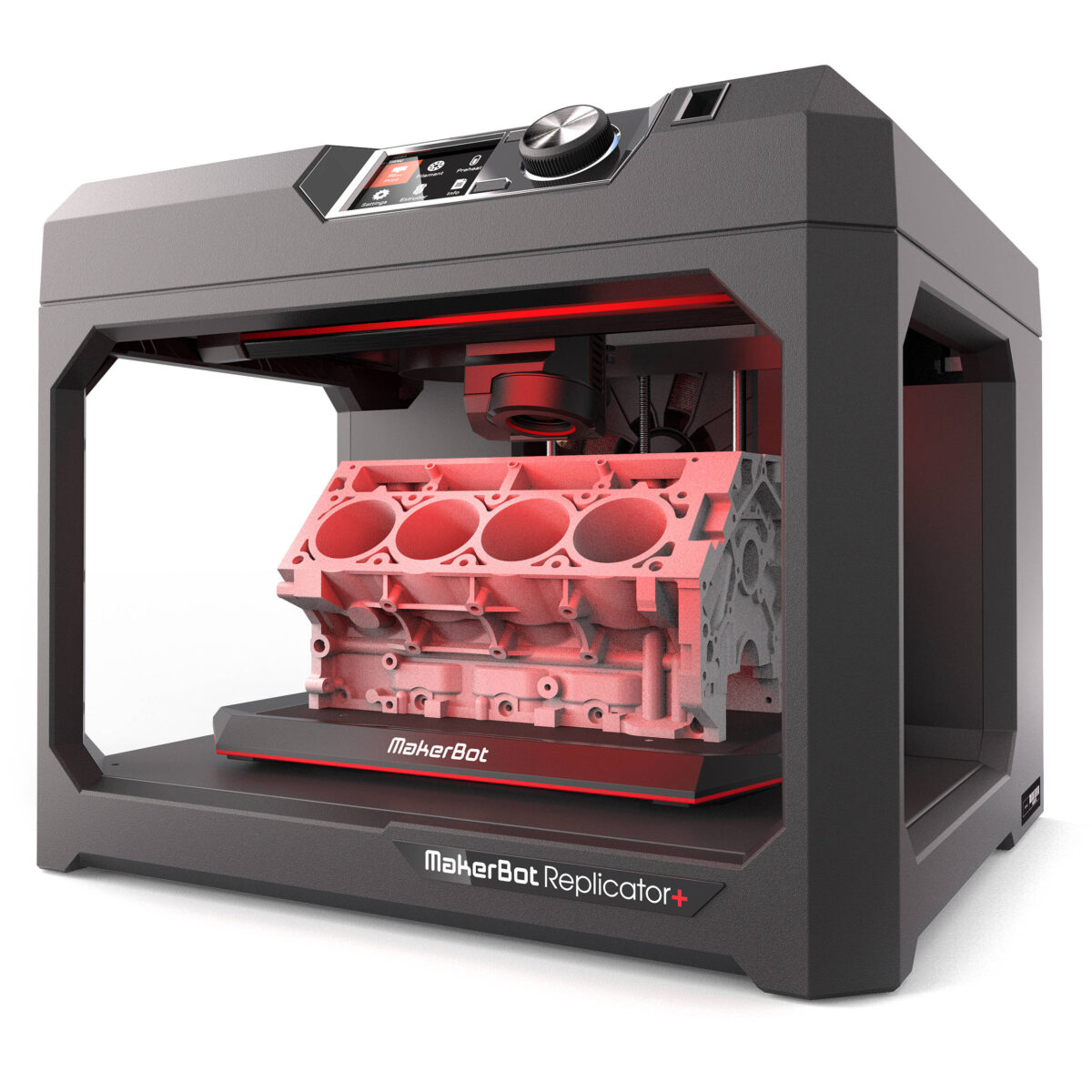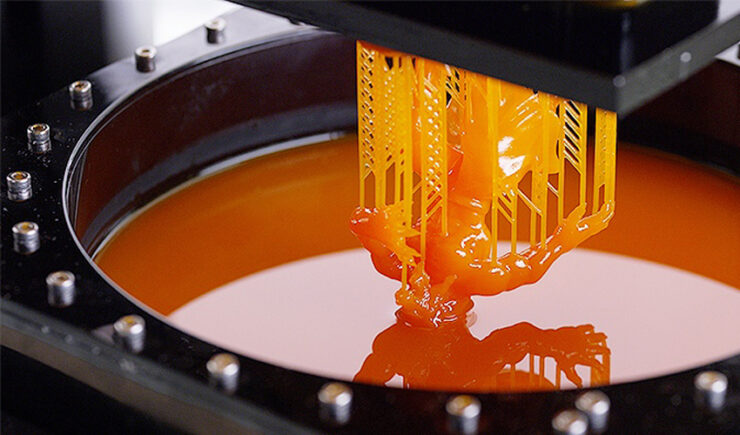When using a 3D printer, you will encounter some file formats types. The 3D printer is being used in the automobile industry, textile, and real estate on a large number of scale.
Everyone is benefiting from this great invention, but as well as they have to face some issues when using multiple devices or Software with a 3D printer.
Almost all designing Softwares and scanners require different file formats to run the activity. It could be challenging to remember all those file formats, and several file types can be used with 3D modeling or 3D printing.
Why 3D Models Have Several File Formats?
At the initial stage of the 3D printing era, every modeling software was developed with a unique file format, and it resulted in hundreds of different file formats, most of them were not compatible with each other.
It became a complicated situation for the people who wanted to collaborate in creating a design with different software platforms. To break the incompatibility issues, developers have introduced an “open-source” format.
Here are some of the best and standard file formats that will perfectly work with a 3D printer.
1. STL-Format
Stereolithography or STL is the oldest file format. It was first introduced in 1987 for 3D printers, and it is considered the father of all 3D printers file formats. STL saves 3D models as geometrical shapes and then converts it into triangles, but it can not display the color and texture of the model.
The benefit of sharing and saving into the STL format is that it is a very simplest and compatible file format, and all 3D modeling and 3D printers software are designed to store and use this open-source file format. Some software has light versions to open STL file format, it is a widely used file format nowadays and will keep its defacto standard in the 3D printing industry.
2. OBJ-Format
OBJ is another standard file format of a 3D printer. It was initially developed to facilitate the graphic designers to use as a neutral interchange file format for 3D graphics. The best thing about this file formate is that it encodes the texture and color information of the 3D model.
It supports both precise and approximate encoding of surface geometry. It means it does not restrict surface mesh into triangles. The users can also use polygons such as hexagons or quadrilateral. However, OBJ file formate doesn’t support animations.
This file format allows collaboration and retains a higher level of fidelity, and this quality facilitates collaborative work between designers. A designer can share the designed file with different designers to add some other things without losing any critical details.
Automobile industries highly prefer it because they rely on a high level of precision. OBJ file format is ideal for multicolor printers, it is very flexible, and designers can use different schemes and curves in their design. It will save a curved geometry without losing any data.
3. AMF-Format
AMF is generally an updated version of the STL file format. It was developed and introduced in 2011 to compete for the STL errors. STL works well, but it has some issues, including error-prone, bloated, incapable of storing texture, material, and color information.
AMF is based on the XML format, and it supports lattices, geometry, scales, orientation, and duplicates. It ensures that the file will be easy to write, read, and process, it carries multiple colors and materials at once. AMF also allows the curved triangles so users can easily describe curved surfaces without using other facets.
4. 3MF-Format
3D-Systems developed this file format alongside other big companies, including Microsoft, Autodesk, HP, etc.
3MF file format features a geometry representation the same as STL file format but in a more compact way than AMF. This file format is the best for the designers who do not want to face errors like wrong geometry, printing failure, etc. It also supports those 3D models that use different materials and colors.
It is more appropriate for complicated printing and alternate for all 3D printer file formate. It is considered ideal for the future of 3D printers.
Conclusion:
3D printers’ file formats are strict and complex to navigate. There are so many file formats that are being used for 3D printers, but the most commonly used formats are OBJ, STL, AMF, and 3MF.
Still, some people are having issues with STL format and other formats because they do not support all kinds of geometry, colors, and materials. So the 3MF format is highly required to get the best output, it supports different curves geometry, colors, and material. It gives the perfect result, but it is not widely known yet.



